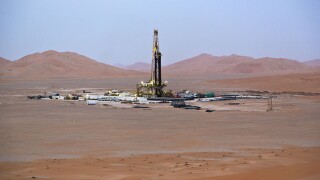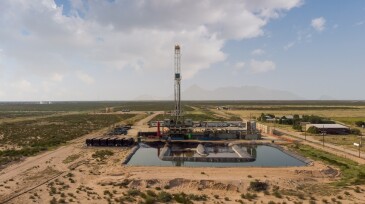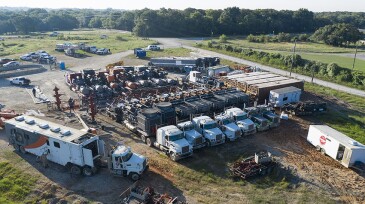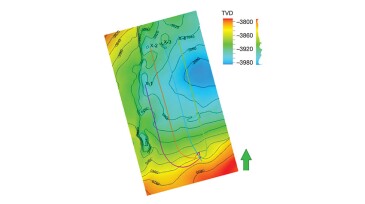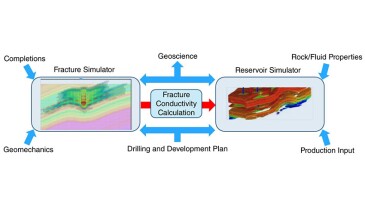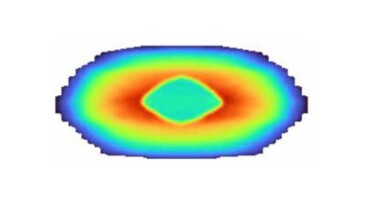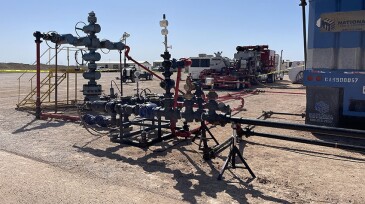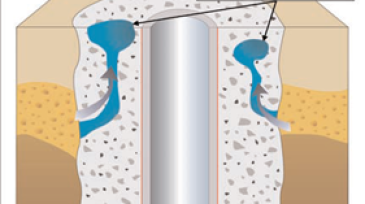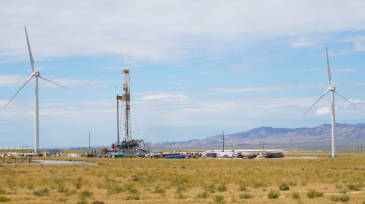Fracturing/pressure pumping
Technology developers expect the tight-oil industry to give lightweight proppants another look after the Permian Basin’s biggest operator becomes an adopter.
Outstanding papers over the past year have addressed topics such as casing deformation, well spacing, frac-design optimization, proppant transport in the well or in fractures, integrating diagnostics from field trials, and exploring the effects of lateral length on production.
Operators from across the region met in Muscat to share how lessons from pilot programs are shaping cost, scale, and technology priorities across the region.
-
Permian Basin oil wells produce a lot of water. Much of it is injected into disposal zones above and below the basin’s primary oil- and gas-producing zone. When water is injected into these disposal zones, the pressure increases, mainly because no fluid is concurrently removed. Is this increase in pressure a concern? The data would suggest yes.
-
BKV Corp. has combined bullhead and liner refracturing methods to create an approach called the hybrid expandable liner system.
-
The authors of this paper describe a model-driven work flow developed for hydraulic fracturing design and execution that could be a resource for other shale plays with similar challenges worldwide.
-
This paper presents a case study of integrated geomechanical and reservoir simulation with a developed fracture conductivity calculation work flow to evaluate well spacing and completions design.
-
The purpose of hydraulic fracture modeling is to improve engineering decision-making. Success requires practical knowledge, engagement with real data, theoretical understanding, and critical thinking. The payoff is tremendous.
-
The authors of this paper write that computationally coupled models enable swift, accurate, and engineered decision-making for optimal asset development.
-
Two firms are using hydraulic fracturing to create high-pressure water reservoirs that can be turned on and off to meet electricity demand.
-
SponsoredWhat are we, in the upstream oilfield service companies, doing about it? The Middle East upstream oil and gas industry is shifting its focus to unconventional and tight-gas resource development.
-
The oil and gas industry-backed geothermal firm plans to drill up to 29 wells in southwestern Utah that will deliver electricity to the state's grid by 2026.
-
The natural fractures discovered on Mars during rover missions might be so important that they are worth bringing back to Earth.



